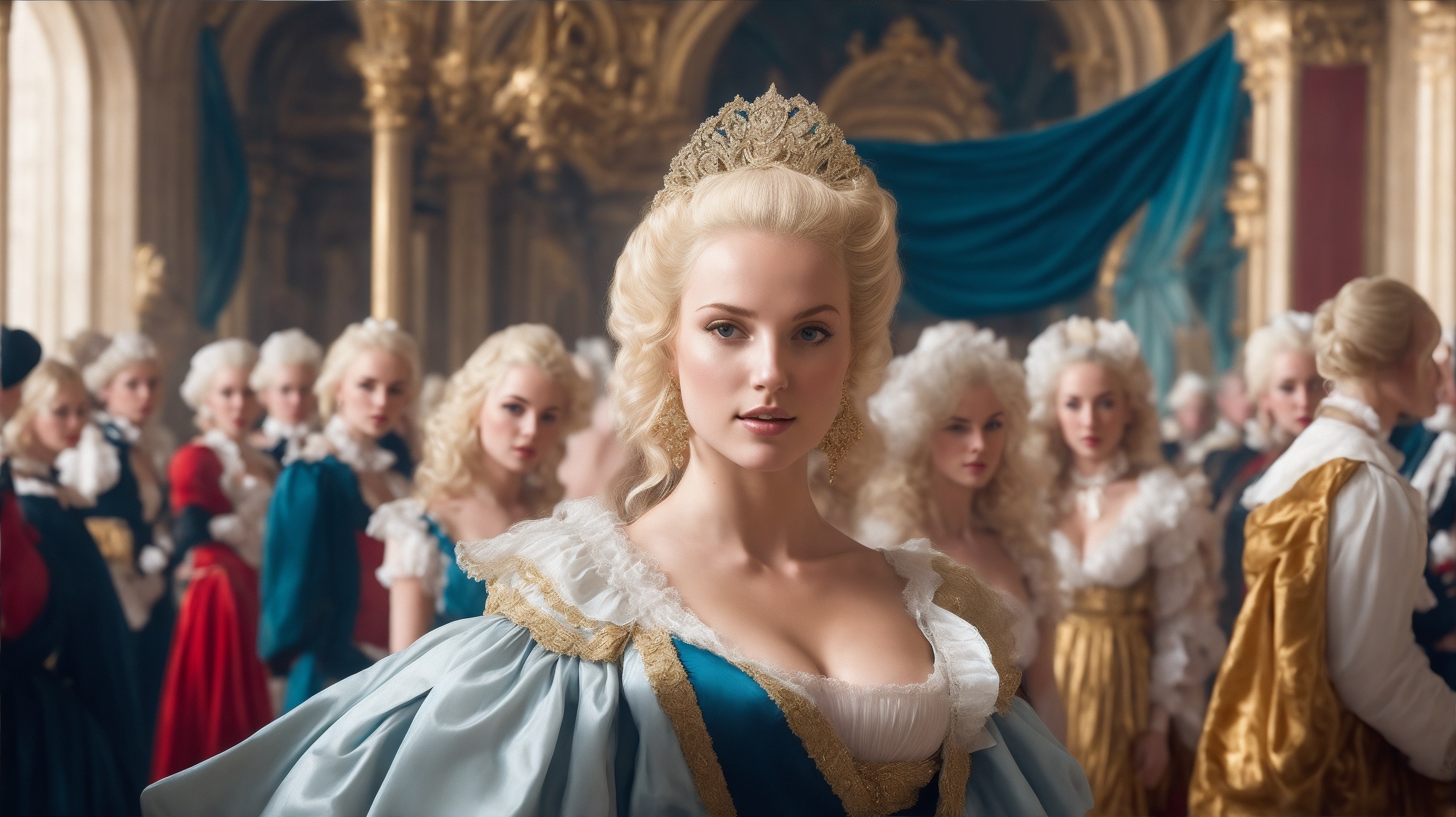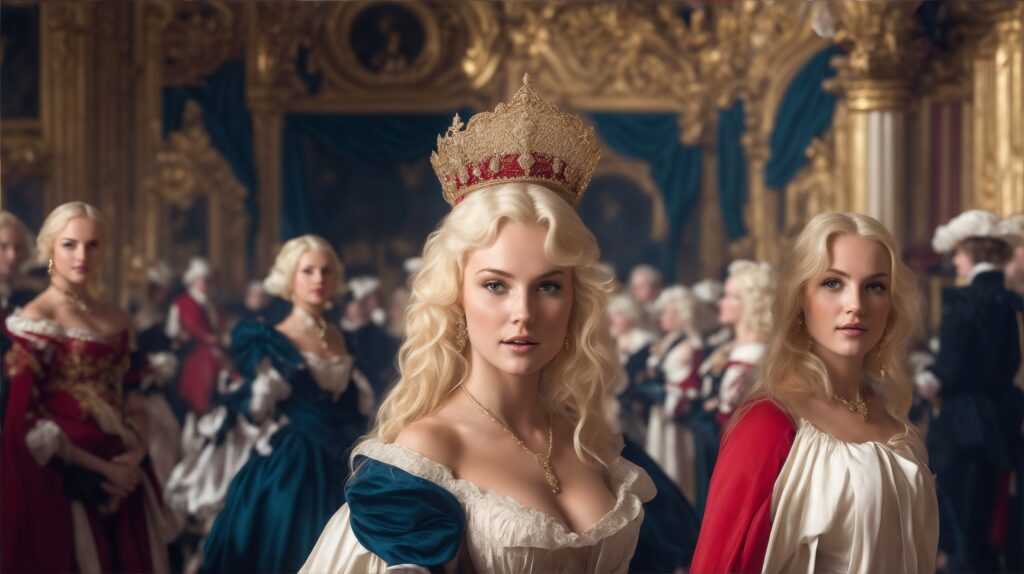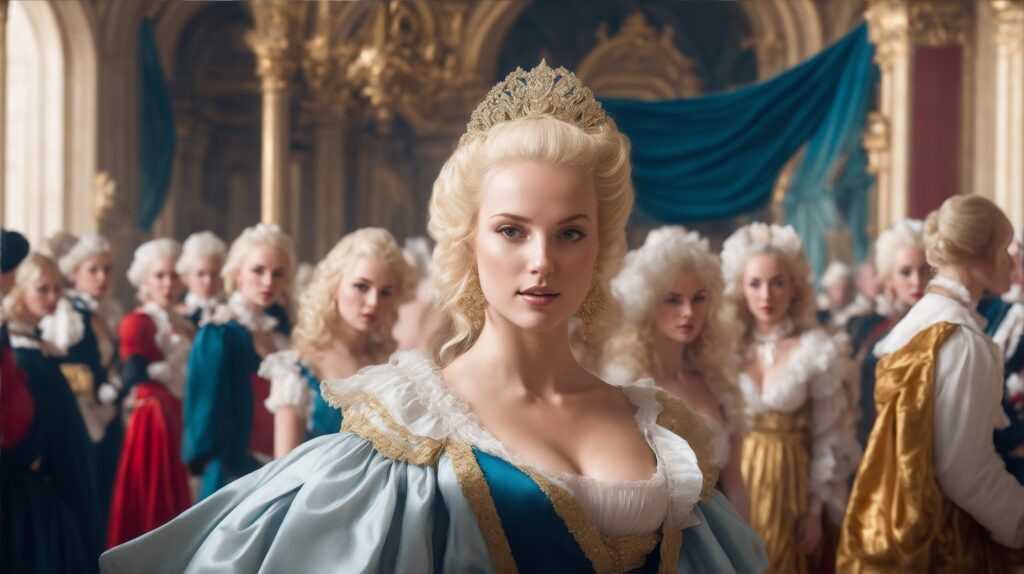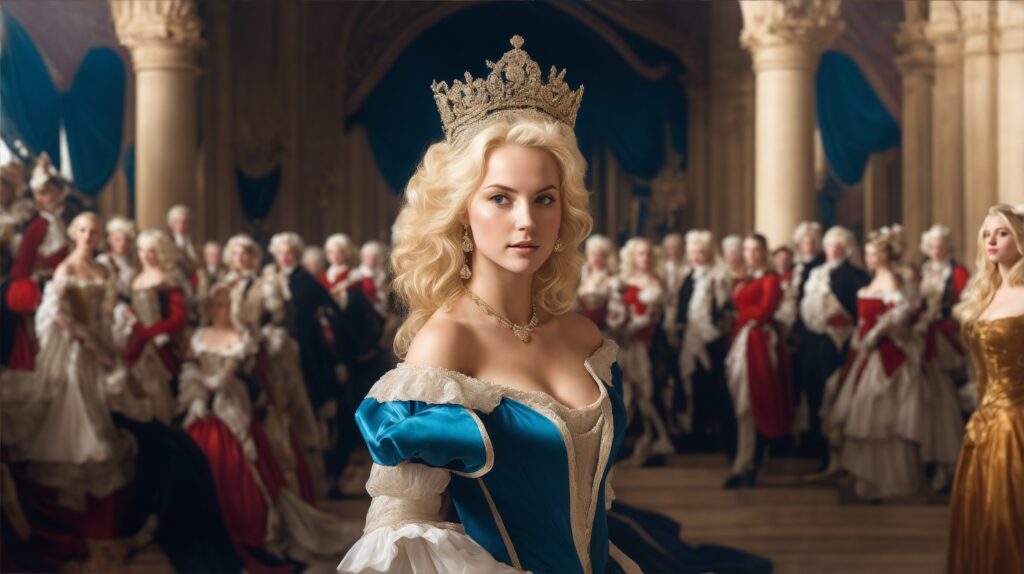Examine the theme of appearance vs. reality in The Rape of the Lock. How does Pope use the idea of appearances, illusions, and superficiality to comment on the broader societal values and relationships?
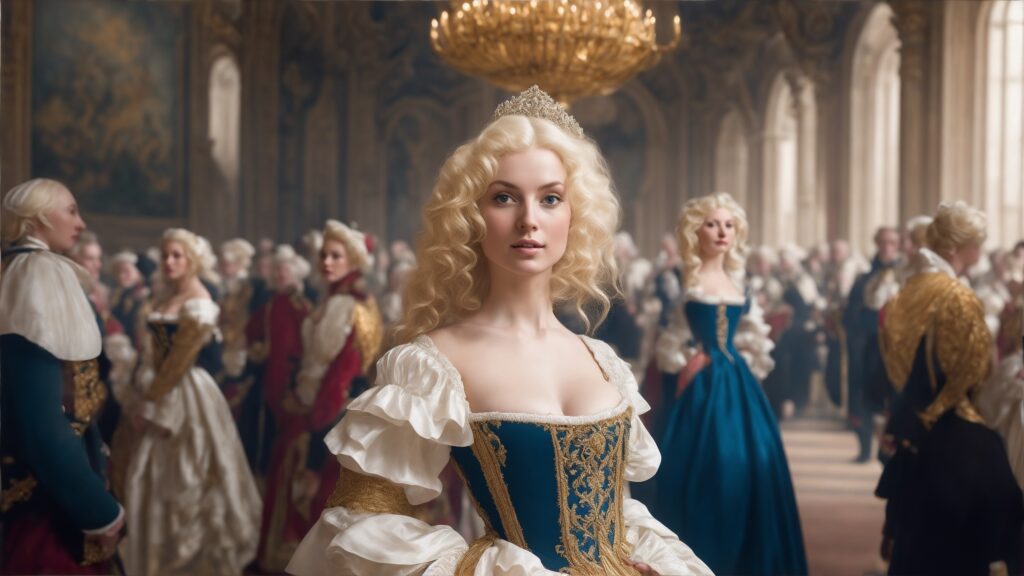
Exploring the Theme of Appearance vs. Reality in The Rape of the Lock
Alexander Pope’s “The Rape of the Lock” is a satirical masterpiece that delves into the theme of appearance versus reality. Through witty language, playful narrative, and a mock-heroic approach, Pope meticulously examines the superficiality, illusions, and the underlying reality of the aristocratic society of his time. This theme is woven into the fabric of the poem, reflecting the broader societal values, relationships, and the incongruity between appearances and the true essence.
Appearance as a Reflection of Society:
Pope introduces the theme of appearance versus reality right from the beginning of the poem by describing Belinda’s morning ritual in intricate detail. The elaborate descriptions of cosmetics, attire, and grooming highlight the society’s emphasis on surface-level aesthetics. This superficial obsession is indicative of the aristocratic society’s preoccupation with outward appearances, even at the expense of substance.
The Lock of Hair as Symbol:
The central metaphor of the stolen lock of hair exemplifies the theme of appearance versus reality. The lock, a physical manifestation of Belinda’s beauty and vanity, serves as a symbol of the society’s fixation on external attributes. Its theft is a direct commentary on the fragility of appearances and the dichotomy between the external allure and the reality beneath.
Illusions and Deceptions:
The poem is replete with examples of illusions and deceptions, further underscoring the theme. The sylphs’ protective shield, the belief in supernatural forces safeguarding Belinda’s beauty, symbolizes the illusions that the society clings to. These illusions create a façade of security and control, masking the underlying vulnerability of the aristocracy’s preoccupations.
The World of the Aristocracy:
Pope’s satire reveals the stark contrast between the aristocracy’s image and their true selves. The card game, a microcosm of this world, presents a façade of social unity while concealing underlying rivalries. The courtly manners and ostentatious displays serve to reinforce the theme of appearances. The card game’s frivolity and the characters’ exaggerated reactions illuminate the incongruity between the triviality of the event and the intensity of their responses.
The Mock-Heroic Style:
Pope’s utilization of the mock-heroic style emphasizes the theme of appearance versus reality. By employing epic conventions to describe the theft of a lock of hair, Pope parodies the society’s tendency to elevate the trivial to the heroic. The use of grandiose language and epic similes magnifies the superficiality of their concerns and casts a satirical light on the society’s skewed priorities.
The Conflation of Triviality and Importance:
The poem thrives on the conflation of trivial events with significant ones. The grandiosity with which Belinda and the Baron’s conflict is treated emphasizes the theme. The transformation of a simple card game into a battle sequence exposes the society’s propensity to exaggerate minor conflicts. This conflation reflects the incongruity between the external drama and the underlying insignificance.
The Imbalance of Values:
Pope’s satire reveals the societal imbalance between external and internal values. The poem highlights the society’s unwavering devotion to appearances while neglecting authentic emotions and relationships. The theme resonates in the exaggerated reactions to Belinda’s loss, as though a missing lock of hair carries more weight than the well-being of individuals.
Gender and Relationships:
The theme of appearance versus reality also extends to the realm of gender dynamics and relationships. The portrayal of Belinda and the Baron reflects the societal perceptions of idealized beauty and romantic pursuits. The poem underscores how these perceptions often conceal true intentions and emotions, revealing the theme’s presence within the realm of interpersonal relationships.
The Role of Vanity:
Vanity is a recurring motif that underscores the theme of appearance versus reality. Belinda’s vanity is depicted as both a source of power and vulnerability. Her interactions with the mirror reflect her preoccupation with appearances, revealing the societal pressure to maintain a certain image. The poem’s satire on vanity highlights the incongruity between the shallow concerns of the aristocracy and the actual significance of their pursuits.
The Chasing of Illusions:
Belinda’s pursuit of the stolen lock symbolizes the aristocracy’s chase of illusions and ideals. Her journey mirrors the broader societal quest for superficial achievements. The description of the journey as a heroic quest adds to the satirical commentary on the disparity between the epic form and the trivial content.
The Subversion of Reality:
Pope subverts reality through supernatural elements, further emphasizing the theme. The intervention of sylphs and gnomes creates an otherworldly atmosphere that masks the true nature of events. This subversion reflects the societal tendency to embrace illusions and to mask the realities that lie beneath the surface.
The Reconciliation of Appearance and Reality:
Towards the end of the poem, Pope offers a moment of reconciliation between appearance and reality. Belinda’s acceptance of her loss signifies a temporary resolution of the incongruity between her external beauty and her internal essence. This moment reflects the poem’s satirical stance on the aristocracy’s obsession with appearances while hinting at the possibility of genuine self-reflection.
The Critique of Vanity and Superficiality:
Overall, Pope uses the theme of appearance versus reality to critique the vanity and superficiality of the aristocratic society. He presents a society obsessed with maintaining façades, whether through personal appearances or social rituals. The theme operates as a lens through which the poem’s characters and events are scrutinized, revealing the emptiness of their pursuits.
The Satirical Message:
Pope’s commentary on appearance versus reality serves as a larger satirical message about the values and priorities of his society. The incongruity between the grandiosity of their actions and the triviality of their concerns reflects the dissonance that results from prioritizing appearances over authenticity. The poem serves as a mirror that reflects the society’s contradictions and invites readers to reflect on their own values.
Conclusion:
In “The Rape of the Lock,” Alexander Pope masterfully weaves the theme of appearance versus reality into the fabric of his satire. Through the exploration of illusions, superficiality, and the incongruity between appearances and true values, Pope offers a critical commentary on the aristocratic society of his time. The poem’s mock-heroic style, vivid imagery, and witty language serve to illuminate the societal disconnect between the grandeur of appearances and the shallowness of the underlying reality. “The Rape of the Lock” stands as a timeless exploration of the complexities of human nature, inviting readers to question their own perceptions and to navigate the delicate balance between the superficial and the substantive.
*****
Read More:
More Questions and Answers from The Rape of the Lock by Alexander Pope

